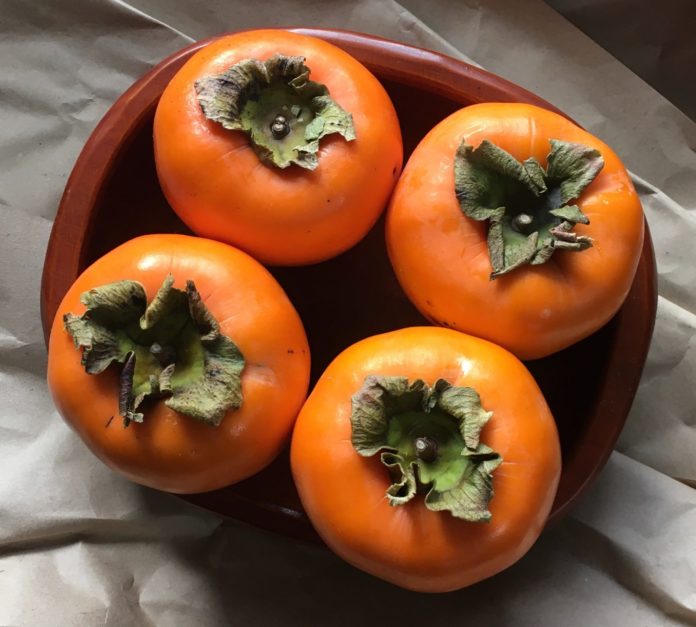Persimmons are one of the most underrated winter fruits, but they’re worth trying because they’re great for your heart and digestive system. If you don’t know much about this tomato-esque fruit and aren’t sure how to eat it, this brief guide will answer all your questions.
Buying Persimmons
Persimmons may not be as popular as some other winter fruits, but you shouldn’t struggle to find them at a well-supplied farmers’ market. To make sure your persimmons are ripe enough, always avoid green fruits, and make sure they’re not bruised or ruptured.
Eating Persimmons
Persimmons can be eaten in many different ways, fresh, dried, raw, or cooked. When eaten raw, it’s best to remove their leaves first and eat them like an apple—with or without the peel. They can be used to prepare all sorts of sweet treats, from jams and jellies to cookies and puddings. You can also use them in a wide range of savory dishes, such as soups and salads.
Storing Persimmons
If you want to prolong the shelf life of your persimmons you can store them in your fridge for a few weeks. Freezing them for up to six months is also an option, but it’s highly recommended to blend them into puree or freeze cubed or sliced persimmon flesh.






